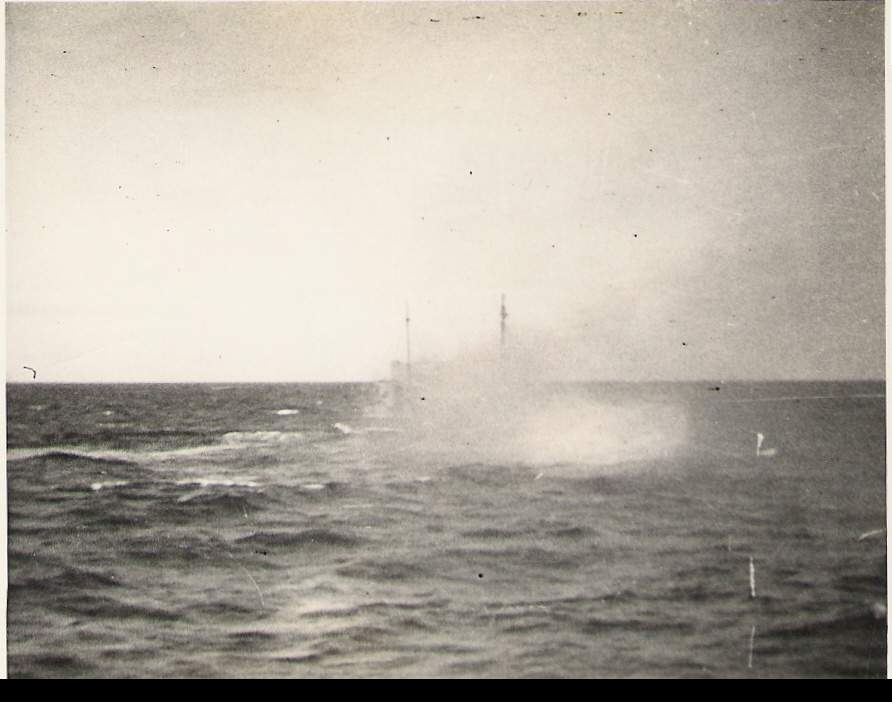Settle down, guys. This one’s going to be a heavy read. Also I have a sore throat, and I feel sick, and I PROBABLY shouldn’t be writing at like 4 in the morning but I can’t sleep.
Reminds me of last year when we first showed Lori – people were put off by a “Nazi submarine” despite the fact that she did like, nothing under the Nazis. I saved a bunch of questions of this type for a rainy day because folks have been asking me just what exactly is the implication for having von Braun pop up as a fairy.
… It’s exactly what it is. I want people to read up and look up von Braun and reach their own conclusions, and of course I’ll be commenting myself about how I feel about his contributions during the war. Wait for the actual art piece to show up, and then we’ll talk more about this.
For the record? Something’s off with von Braun. His appearance lends great credence to one faction of STEC fairy researchers (the fairies are impressions or shadows of historical figures camp), which points out that this fairy is literally incapable of doing anything else other than craft plans that can then be fed into the fairy machines. He appears to be incapable of comprehending anything outside of that, and retains neither von Braun’s womanizing tendencies nor anything of a personality.
In fact, STEC’s not sure if he’s an “ace fairy” or just a slightly more powerful/evolved engineering fairy. Certainly he is nowhere as animated as some of the other named figures.
Pacific’s out to make a realistic world. This necessitates a diversity of opinions and viewpoints. On one hand it means that the USSR is alive and well and provides an ideological counterpoint to the West. On the other hand, it very much means that less righteous ideologies are alive. Nazism, for example, is alive and well and growing in West Germany. Decades of being in functional occupation’ll do that.
Having actual Nazi shipgirls – as in, if we are to consider the full extent of which Pacific “builds” each shipgirl – is only going to add fuel to the fire. There’s a reason why German shipgirls aren’t exactly in the foreground.
For the record, they range from the ideologically deviant (such as Lori who turned her back on that ideology) to the, well, ideologically coherent (Pacific’s Bismarck is probably a good example of this). I’m not in the business to do apologetics for the other side, so there’s little reason for me to bring them into the plot unless I have a reason to do so.
(This is surprisingly similar to Japan, which in-lore is actually splintered. It’s an apt analogy of Japanese politics and ideologies today.)
It’s not like they’re easy to write, either. You know I don’t do anything half-assed and I don’t straw-man. The struggle here is literally how to create a realistic “German” shipgirl given the themes of Pacific without veering into full-on “WAR OF POLISH AGGRESSION” territory, since that WOULD be a valid perspective coming from well, Germany.
In other words, I think it is absolutely dangerous to try to write German shipgirls or Japanese shipgirls and pretend that they’re all apologetic about what had happened. They’re not. Some are. Many aren’t. To suggest that they do would be willingly ignoring real life and real history, and you really do miss an opportunity to educate and show our perspective. In fact, there’s a reason why this is still an issue today in East Asia – just last month Shinzo Abe declared that Japan didn’t invade anything and corrected a reporter twice regarding Japan’s role in WW2.
That’s the prime minister of Japan, in case you haven’t figure it out. In 2017.
“So then why bother? Why have wrongthink?”
Because the American thing to do here is to give my readers freedom. I set out to create a realistic, diverse world. I am not going to clamp down on my reader’s freedom of choice. What I am going to do, however, is to show you why our way of life – our values – are better.
Why we’re more right, so to speak.
Because, as an American, as arrogant as this is, that is our national character. Once you truly understand the sort of things we stand for, you can’t turn your back on it. You know how in Christianity there is a common line of thinking that “once saved, you’re always saved?”
I think “American values,” if you want me to comment on an abstract fashion, is something like it. Once you understand what it means to be free, for instance, you don’t want to take that away from anyone, and you’ll fight like hell to keep things that way.
This is what makes the American shipgirls in Pacific American. In fact, I would argue that this is what makes Pacific Pacific. As this is an American-centric work written by a bunch of Americans and drawn by people who are fans of America, it only makes sense that at its core, America is coherent and consistent. Pennsy and Sanny can fight over politics all they want, but at the end of the day? They’re both going to be red, white, and blue.
This should be no surprise to anyone. Every writer, creator, whatever you want to call it, will have their own viewpoints that they want to superimpose onto their readers. It is absolutely impossible to have a piece of writing that conveys no inherent meaning. You’re either trying to convince someone of something or you’re trying to convince someone that they’re wrong about something. Even a simple statement like “the sky is blue” is affirming an observation about the nature or the color of the sky.






